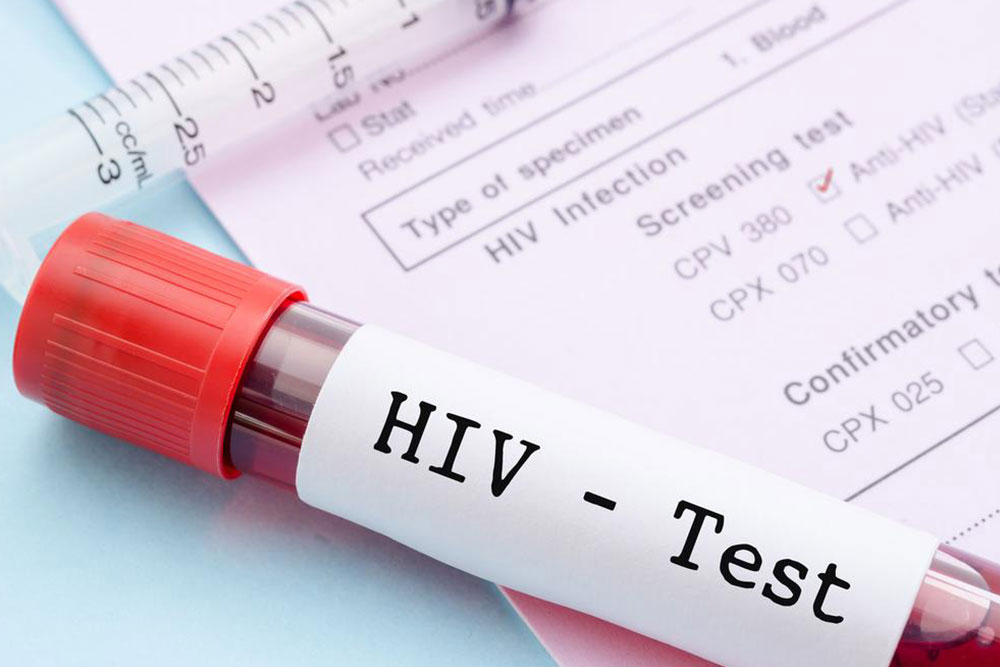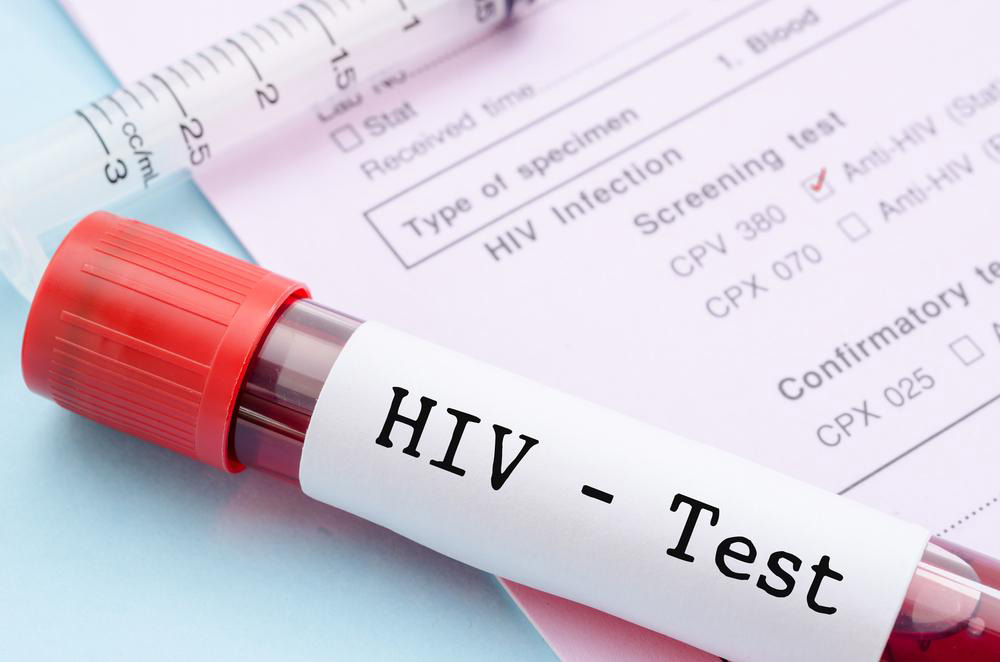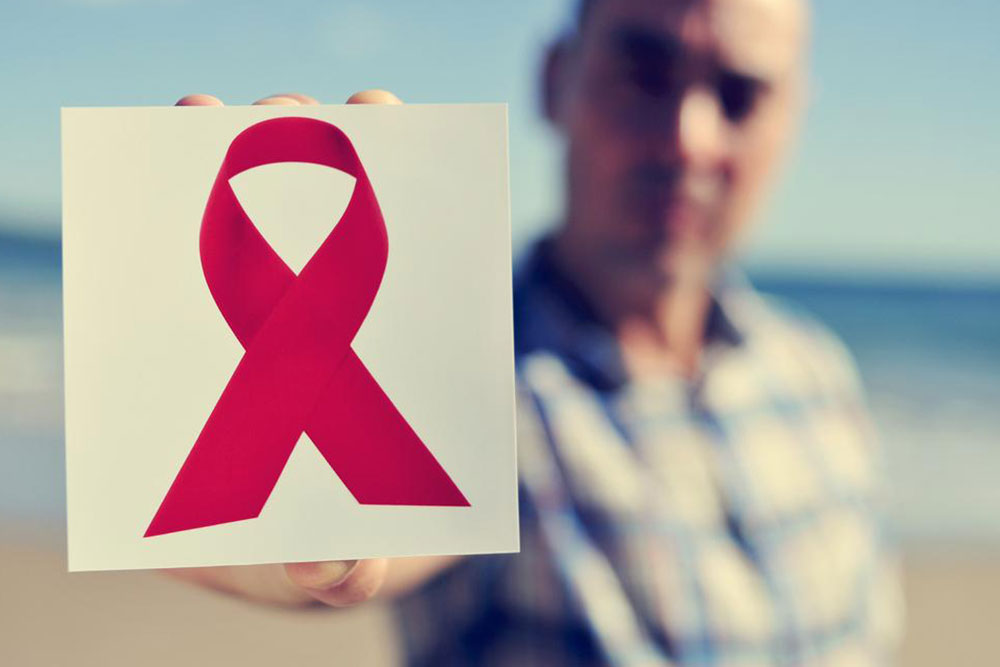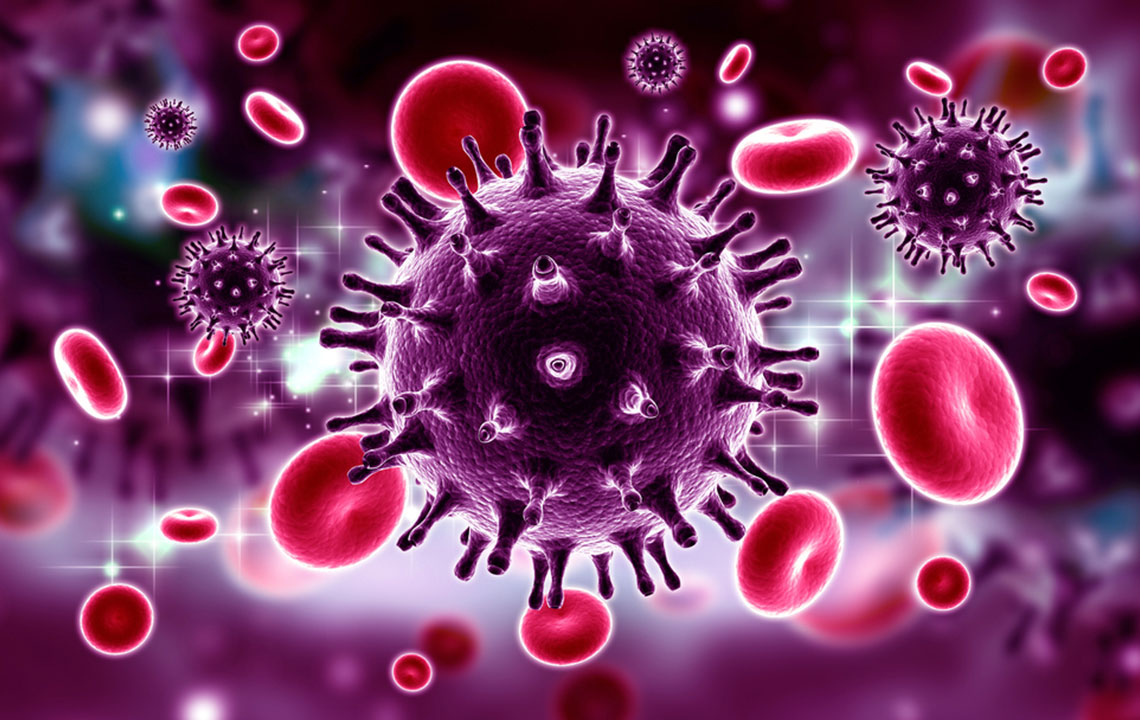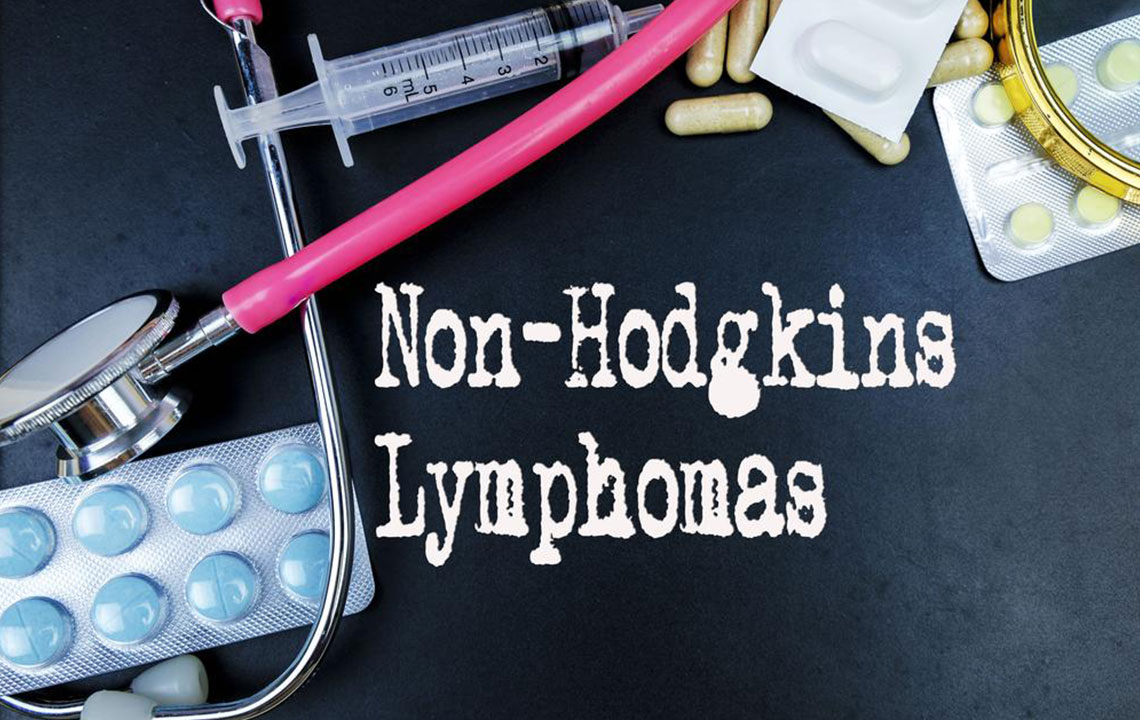Recognizing the Initial Signs of HIV Infection
Learn to identify early signs of HIV infection, including fever, fatigue, and rash. Understanding these symptoms and getting tested early can prevent disease progression. HIV spreads through bodily fluids and remains a lifelong condition. Regular testing is crucial for early diagnosis and treatment to maintain health and prevent AIDS.
Sponsored
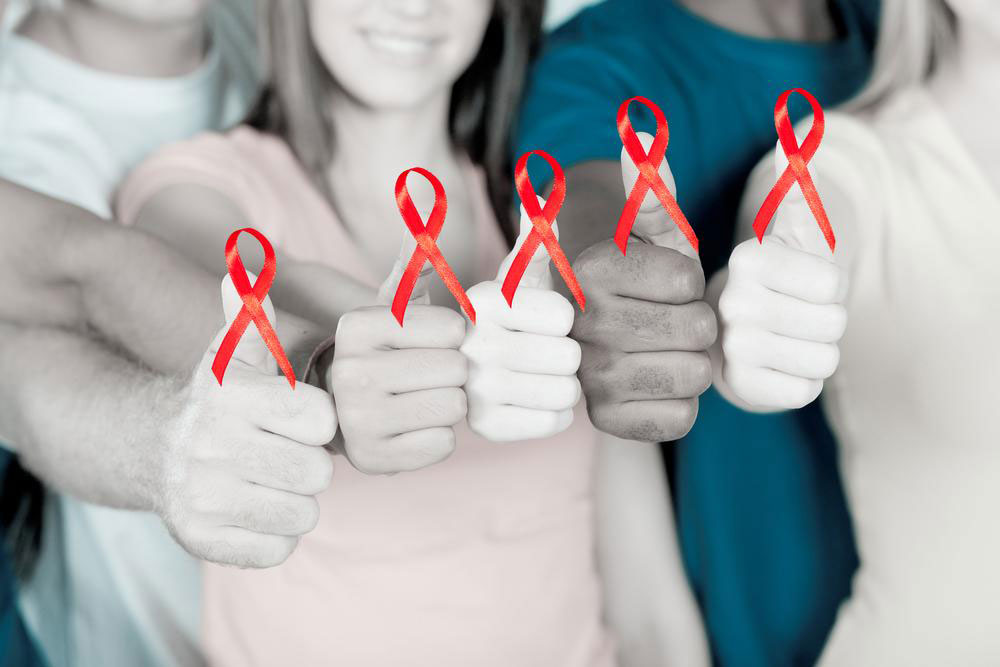
HIV, or human immunodeficiency virus, is a permanent condition that targets and destroys the body’s T cells, leading to a weakened immune system. Once infected, a person remains HIV positive for life. The virus invades healthy cells, replicating rapidly and causing the immune system to weaken over time. This makes the body more vulnerable to infections and illnesses. HIV spreads through bodily fluids such as blood, semen, vaginal fluids, breast milk, and rectal fluids, primarily via sexual contact, blood transfusions, or from mother to child during pregnancy. Early symptoms, typically appearing 2 to 8 weeks after infection, include fatigue, headaches, fever, sore throat, swollen lymph nodes, rash, diarrhea, oral thrush, ulcers, and night sweats. In women, additional signs such as irregular menstrual cycles, pelvic pain, abnormal discharges, and painful urination may occur. Sometimes, symptoms fade or go unnoticed for years, making regular testing essential to diagnose HIV early and prevent progression to AIDS. Without timely treatment, HIV can significantly damage the immune system, leading to severe health complications.

